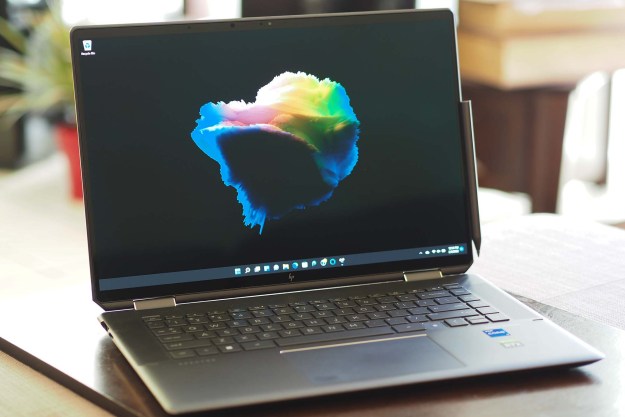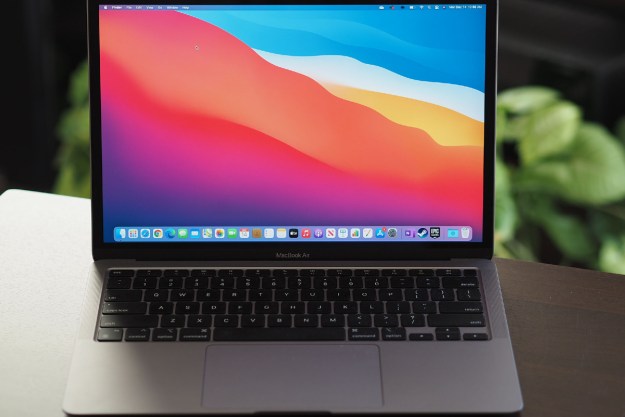When was the last time that you used a floppy disk? While still used as the save icon in modern software packages like Microsoft’s Office suite, it’s unusual to see one out in the wild. Given that a typical floppy disk offers up a minuscule 1.44MB of space — not even enough to house a three-minute pop song in MP3 format — there’s seemingly no reason for these disks to stay in circulation.
But while the average user might not have any cause to use a floppy disk, there are those out there who can’t settle for anything else. They’re in dire need of the disks, which most manufacturers have stopped producing. The floppy disk might seem like something better left in the 1990s. Instead it’s a product that’s alive and well in the 21st century.
Here’s why.
The Floppy King
Tom Persky is the owner and operator of FloppyDisks.com — although, were it not for his wife, he might not be. Tom received a telephone call in the early 1990s asking if he would like to purchase the domain name but refused the offer, incensed that the company of “domain-squatters” wanted $250 for the address. Thankfully, the prescient Mrs. Persky wrestled the phone from his hands and agreed to the deal.
The site endures to this day, a fact that Tom looks at with no sense of ego. “How could a small company compete with Best Buy, Walmart, Office Depot, and the rest?” he asks me. “Well, what happens when everyone else gets out? You become that last man standing.”
A lack of competition was the very thing that prompted Tom to get into the business. While working with a software company, he was troubled by the need for an application to be written to a large number of floppy disks. Acquiring the hardware needed wasn’t easy. “There weren’t a lot of great vendors out there,” he recounts. “So we did it ourselves.”
The success of this early endeavour prompted Tom to take the world of floppy disks more seriously. His operation expanded into an outfit that would copy data to the disks, or simply sell them outright. “We thought we were all geniuses,” he says. “We thought we were going to have private jets.”
Supply and Demand
Tom has a motto that seems practiced, even well-worn. “I just forgot to get out of the floppy disk business.” His company dabbled with CDs and DVDs as times began to change, but today it’s still floppy disks that comprise the bulk of his sales.
In the 1990s, hundreds of thousands of industrial machines were built around floppy disks.
His customer base has actually grown as retailers have abandoned the format. Today, there’s a pleasing sense of nostalgia to the business model that mimics the product that the company sells — while half of orders come via the web store, the other half are typically completed over the phone.
This allows Tom to build up a rapport with his customers, something that typically can’t be found at Staples or OfficeMax. Speaking to the men and women buying his wares also allows Tom to keep track of just how floppies are used circa 2015.
“There are people who love floppy disks,” he tells me, giving the example of a court reporter who uses the format for sheer convenience and force of habit. “There’s a large embroidery company that does 500 jobs a day,” he goes on. “They could do that on a hard drive — except their machinery doesn’t work with a hard drive.”
Therein lies the biggest reason that floppy disks are still in demand in some corners of industry. “In the 1990s, hundreds of thousands of industrial machines were built around floppy disks, which were high-tech of the time,” he tells me. “They were built to last fifty years.”
But floppy disks were not.
Replacing the machines would seem the logical option, but many of them are too valuable to scrap, or can’t be easily replaced by a modern equivilent. Tom lists the aforementioned embroidery machines, as well as ATMs, and some aviation tech as prime examples of devices that still have a need for data introduced through a floppy drive.
The reach of the floppy disk today goes further than you might expect. If the thought of vital flight equipment using a floppy for input seems far-fetched, then you may well be surprised to hear that the format is still in use by the United States Department of Defense.
The Nuclear Floppy
Last year, a broadcast of 60 Minutes surprised many viewers with the discovery that 8-inch floppy disks were still the preferred method of removable storage for the computers in a U.S. Air Force nuclear silo. That report indicated that changes were in the pipeline, but the security of this outmoded technology was difficult to replicate with modern materials.
Speaking to a representative of the United States Air Force Global Strike Command, I found that this was still the case some 18 months since that report initially aired. “The floppy disks and associated technology are tried and true,” I was told. “As you can imagine, we want to ensure the utmost in reliability and efficacy when operating such a critical weapon system. Therefore, if a system is ‘old,’ but still reliable, we are inclined to use it.”
One of the biggest advantages of keeping the system in place, outside of the decades of means-testing that it has undergone, is the fact that it’s far removed from modern computing. The reliance on old-fashioned floppies means there’s no need for an Internet connection, and that narrows the possibility of cyber-assault considerably.
“Integrating new technology requires exhaustive procurement and testing to ensure we comply with exacting and non-negotiable Department of Defense standards,” was the official line given to me. However, my contact was keen to note that the United States Air Force is “interested in any new and equally reliable technology.”
The key word here is reliability — and that’s likely the reason floppy disks are still being used in medical equipment, ATMs, and aviation hardware as Tom mentioned. The cutting edge of technology is fine for your smartphone or a video game console. But when it comes to mission-critical hardware that literally controls a potential nuclear holocaust, “tried and true” carries more weight than “new and improved.”
On Borrowed Time
There are many niche reasons that an organization or an individual would continue to use floppy disks in 2015, but the audience isn’t large enough to make production of new disks a winning proposition. That means there’s a limited number of floppys out there — and supply is dwindling.
I was worried about buying too many. Looking back, I wish I had poured my life savings into it.
“About five years ago, manufacturers started saying that this was the last run,” Tom tells me. “I was worried about buying too many. Looking back, I wish I had poured my life savings into it.” Tom invested in half a million 5¼-inch disks, although he now sees that as too many. The million 3½-inch disks he bought, which have proven more desired, now seems like too few.
“We’ve done our best to acquire as many diskettes as we can,” he goes on. “But I wish we’d been able to get more.” Thankfully, his entrepreneurial instinct allowed him to carve out another method of procuring new stock.
Several years ago, Tom started up a floppy disk recycling service. People who had no use for floppies — whether it be an unopened pallet or a handful of used diskettes — could send them in, and he’d clear the data and sell them on. “I call it ‘Tom’s Folly,’ because in the first few years I accumulated 100,000 disks in my warehouse.”
At first it seemed like those disks would never sell. “There was no way of knowing how the lay of the land would turn out,” he tells me. Now, as supplies begin to dry up, the effort has paid off.

There’s a finite amount of floppy disks in the world, and that puts a limit on the lifespan of FloppyDisks.com, as well as their usage out in the wild. Tom is realistic about this, coolly noting that “it’s obvious to the world that physical media is dying.”
In 1996, there were reportedly 5 billion floppy disks in circulation. It’s impossible to say just how many of that number has passed through Tom’s warehouse — but he’s certainly played a big part in keeping the format alive to this day.




